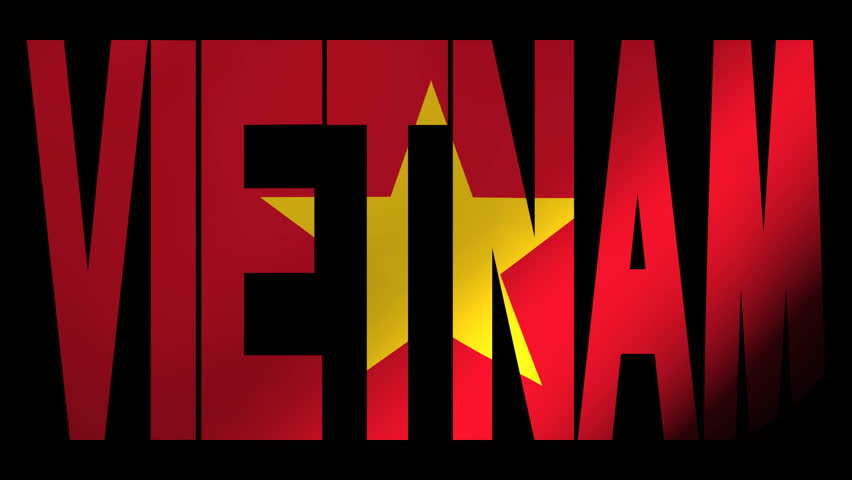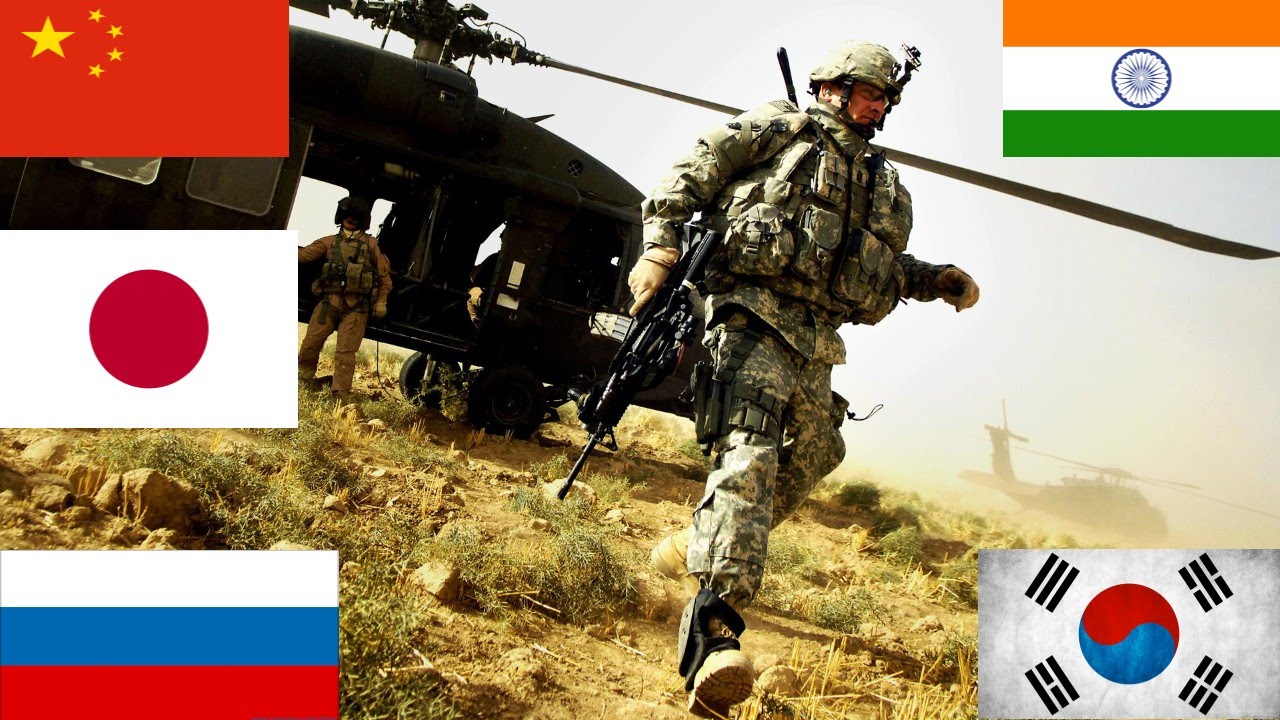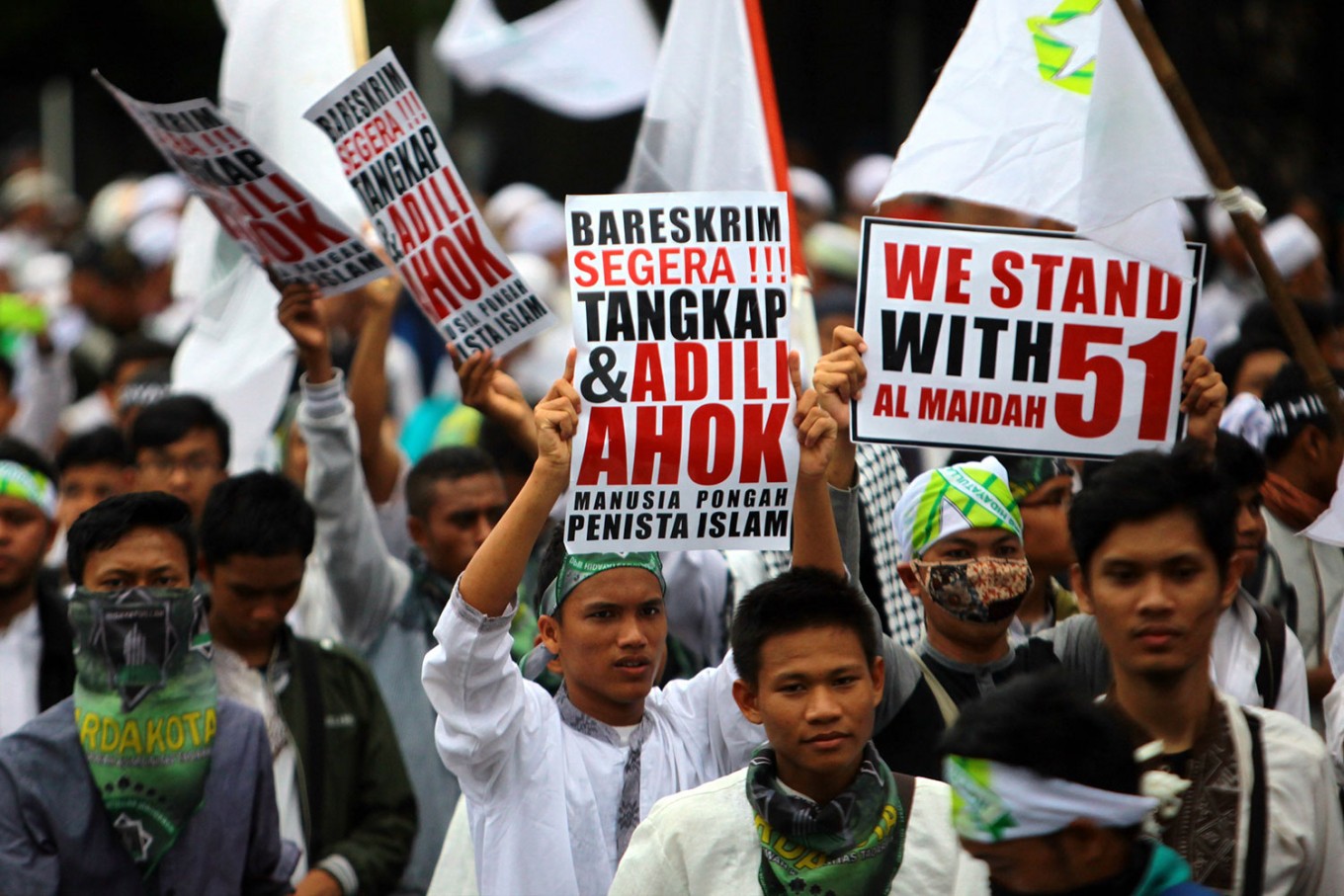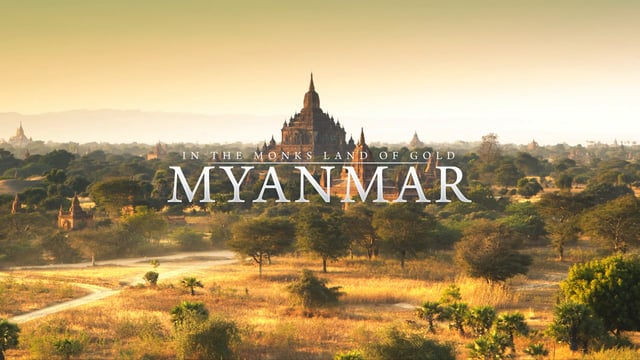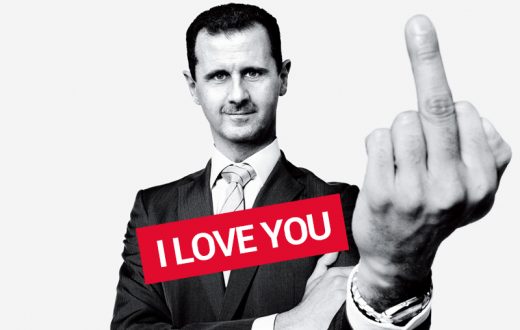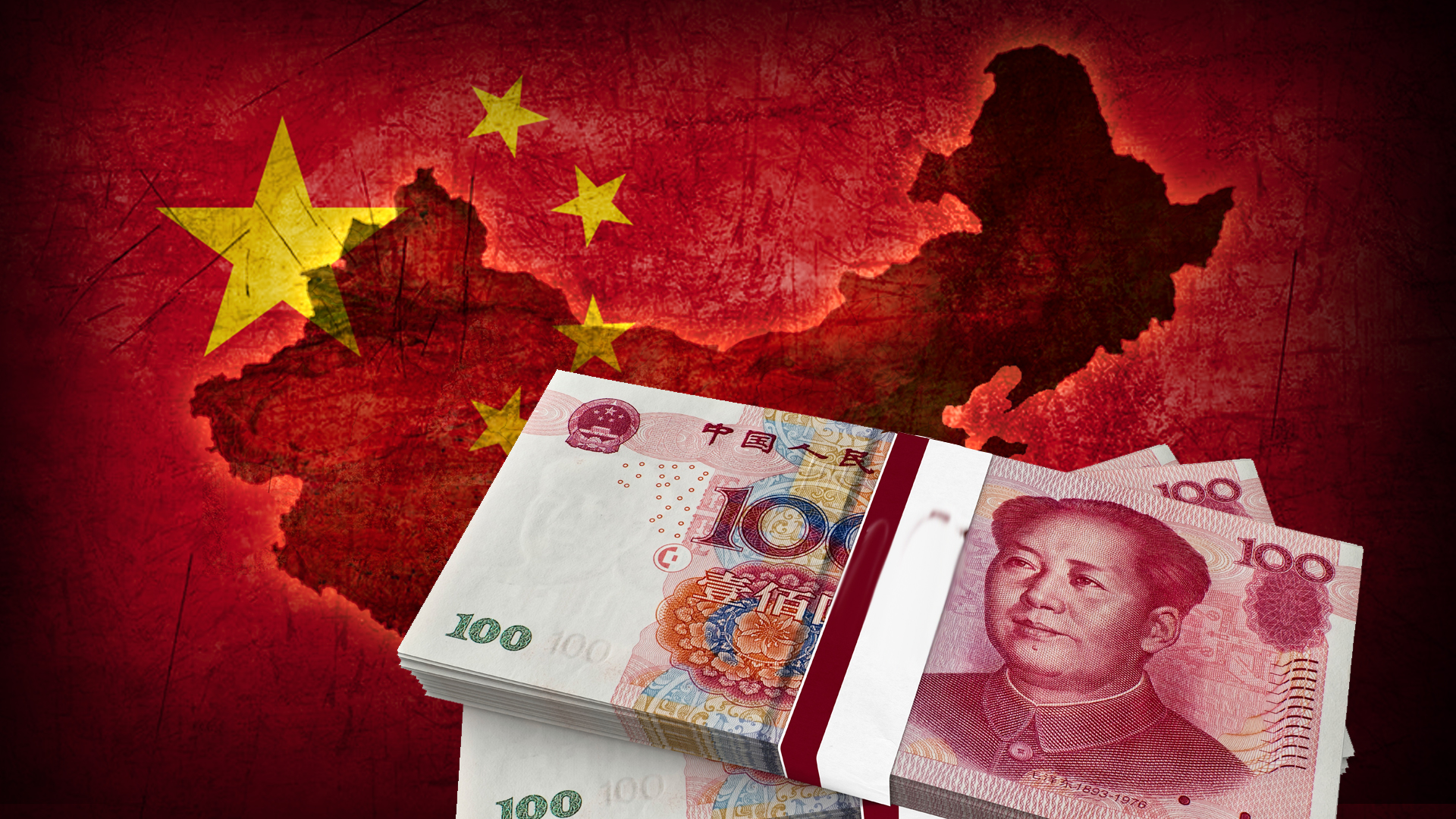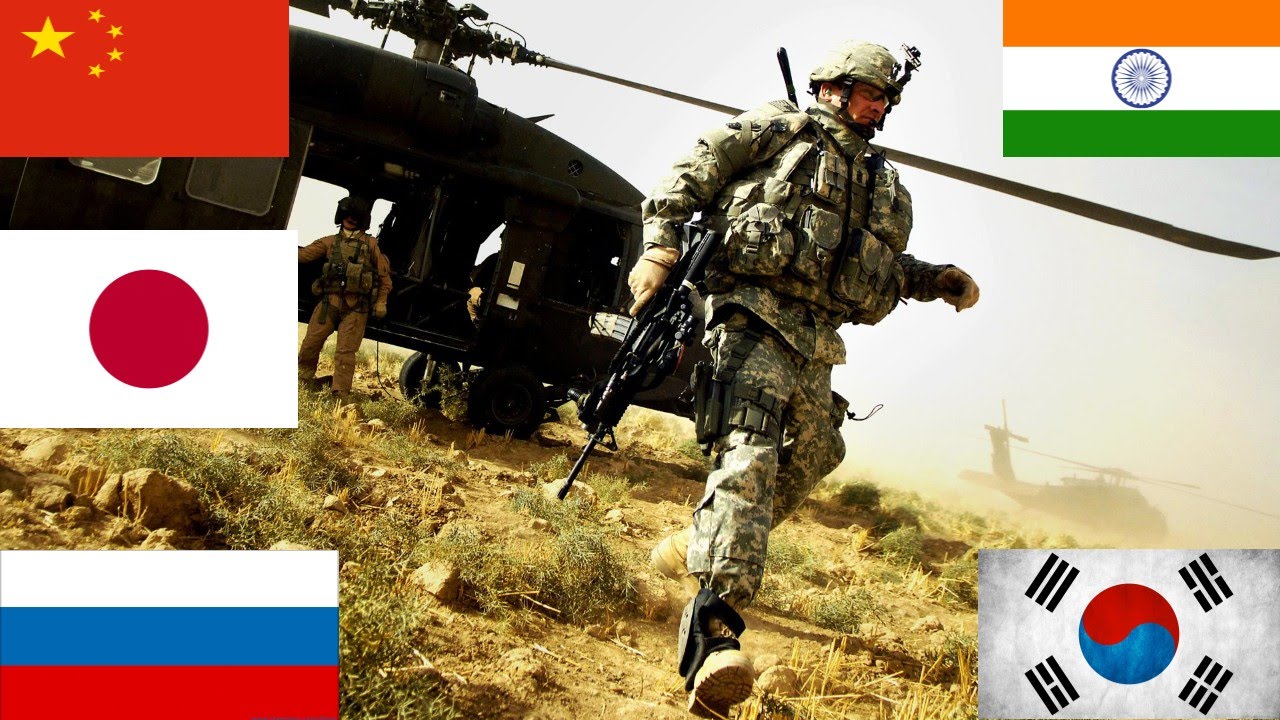Forecast
- Following its upcoming leadership transition, Vietnam will continue to integrate with the global economy and pursue security cooperation with Russia, India and its Southeast Asian neighbors.
- The country’s imperatives, aligned with those of the Communist Party, will prevent a wholehearted embrace of the United States.
- Divisions within the party will limit Vietnam’s ties with China, risking indecision during any short, sharp crises in the South China Sea.
Analysis
The past two decades brought about sweeping changes in Southeast Asia — no country knows this better than Vietnam. Much like China, a strongly centralized Communist Party rules Vietnam, and from Jan. 20 to Jan. 28 the party will gather for its national congress. Held every five years, this Communist assembly will select a new general secretary, Politburo and Central Committee. But rather than being progressive, in many ways, this leadership transition will simply solidify the country’s existing strategic configuration.
The party’s intent is to publicly display a consensus on Vietnam’s path over the next five years. However, the plenum will serve to showcase the enduring rifts that exist between competing factions, divided when it comes to Vietnam’s future. One of the main disagreements centers on Hanoi’s contentious but indispensable relationship with Beijing. Such divisions have prevented an orderly succession plan from taking shape ahead of the plenum and point to a longer-term breakdown in unity if matters cannot be resolved. Geopolitically speaking, Vietnam’s imperatives — coupled with the Communist Party’s own internal logic — mean the country will not become dramatically more antagonistic toward China: But neither will it wholeheartedly embrace the United States.
The East-West Divide
After the United States pulled its troops out of Vietnam in 1975, diplomatic relations between the two countries have been inconsistent. With the West out of the picture, Vietnam went on to repeatedly clash with China in the decade following the U.S. withdrawal, including a brief border war in 1979 and a 1988 naval skirmish in the South China Sea that ended badly for the Vietnamese. This recent history still colors Hanoi’s outlook today. When Soviet aid dried up in the final days of the Cold War, Vietnam recognized the need to integrate with international markets and the importance of attracting foreign investment. Hanoi was divided when it came to accepting its Cold War foes. With a U.S. trade embargo in place, normalization with China came first in 1991, empowering the Vietnamese Communist Party’s mostly northern conservative blocs, which favored continued hostility toward the West. Despite this, Washington and Hanoi eventually normalized relations in 1995. Beijing’s repeated efforts to insert oil rigs into contested waters have given U.S.-Vietnamese relations an unexpected boost.
However, the country has never been one for unanimity. Today, Vietnam’s senior leadership can be roughly divided into three broad camps: pro-West reformists, led by the powerful Prime Minister Nguyen Tan Dung; pro-China conservatives, led by current Party General Secretary Nguyen Phu Trong; and a relatively moderate wing of improvers led by President Truong Tan Sang. For much of Prime Minister Dung’s 10 years in office, the clout of the reformist wing has surged, bolstered by the economic heft of the south. And its emphasis on statecraft over socialist ideology is believed to match the prevailing mood in the party’s 175-person Central Committee.
During Vietnam’s 2014 oil rig standoff with China, the charismatic prime minister took a more nationalist stance than many of his counterparts, which appealed to the public. Dung also emerged relatively unscathed following two attempts to remove him from office with a no confidence vote in the Central Committee (engineered by the pro-China camp, first in 2012 and again last January). Dung also gained substantial support from the conservative military elite through his military modernization drive, which has led Vietnam to develop one of Southeast Asia’s strongest maritime and missile capabilities, with considerable help from Russia. Though the 66-year-old is technically required to retire if he plans to pursue the general secretary post, Dung is expected to seek an exemption similar to the one granted to Trong in 2011. The pro-China camp has no comparably strong candidate, but the conservatives are rumored to be seeking a two-year extension for Trong to cultivate a successor and thwart Dung’s ambitions.
Vietnam’s Embrace of the West
If Dung or one of his reformist allies takes the top spot at the head of the party — an outcome far less likely than it once — it would further confirm Vietnam’s ongoing shift to the West. However, Vietnam’s strategic direction over the next five years will not significantly hinge on individuals.
For example, the party’s draft Political Report and Socio-Economic Plan for 2016-2020 — composed by party reformists and conservatives alike and expected to be ratified at the upcoming congress — makes Western integration a major priority. And even under Trong’s guidance as general secretary, the Vietnamese Communist Party has signed off on a number of significant measures, including World Trade Organization accession in 2007. Trong himself made a landmark visit to Washington last summer.
Most notable has been Hanoi’s willingness to stay the course through contentious negotiations over the U.S.-led Trans-Pacific Partnership. Vietnam is positioned to benefit greatly from the 12-nation trade pact, but the deal, along with the free trade agreement it has finalized with the European Union last month, is not without risk for Hanoi. Implementation requires the party to relinquish some degree of control over the country’s delicate economic liberalization process. This could lead to contentious regulatory overhauls and labor reforms. Some of these measures, in addition to opening Vietnamese industries to global competition, will threaten the direct interests of the country’s dominant and largely autonomous state-owned enterprises, whose influence is interwoven with party patronage networks. Yet, Hanoi would not have stuck through the negotiations if it were not relatively united on the overriding imperative to diversify away from Chinese investors.

Meanwhile, China’s push into the South China Sea has compelled Vietnam to strengthen defense ties with a range of other partners. Most alarming to China is Vietnam’s growing acceptance of the resurgent Japanese navy, with Hanoi agreeing in November 2015 to construct new port facilities ahead of a Japanese port call, foreshadowing long-term cooperation. International economic integration, along with greater security cooperation with outside powers such as Japan, India and the United States, will be a core focus for Vietnam’s future leaders, regardless of who is in charge.
Caution and Consensus
Nonetheless, in military matters and in trade, Hanoi will move carefully to keep its strategic options open and avoid an overreliance on any single outside power. Greater economic integration with the rest of the world will not fully offset Vietnam’s heavy dependence on the Chinese economy, and the Communist Party will not risk provoking a breakdown in relations with China that disrupts its economic trajectory, thereby fomenting popular discontent.
Militarily, Vietnam needs outside help. Hanoi will accept assistance, too, but it remains wary of serving as a battleground for competing great powers — lingering memories of the Cold War run deep. In a 2014 speech, Dung himself lambasted U.S. imperialism. Japan and South Korea’s recent deal over the treatment of wartime “comfort women” more than 70 years ago highlights how long such issues can remain politically volatile. Regardless of how Hanoi views China’s pursuit of its territorial claims, Vietnam will avoid provoking a prolonged military standoff with the Chinese — or provide the United States a base from which to do the same. In fact, Hanoi will prefer to look beyond the United States and China for support, bolstering existing partnerships with countries that do not carry the threat of domination, namely India, Russia and members of the Association of Southeast Asian Nations. Ultimately, though, only the United States is capable of maintaining the status quo in the South China Sea and of ensuring Vietnamese territorial integrity.
Caution is reflected in the party leadership’s emphasis on internal factional balance, which best serves its desire for geopolitical flexibility — and its mandate to maintain rule in a fractious country. And the party has proved capable of navigating internal competition without breaking apart. A win by the reformist camp is therefore unlikely to bring about purges, as is often the way in single-party states.
Vietnam’s curious dynamics limit the potential of an escalation in simmering hostility between Hanoi and Beijing, giving both sides space to defuse relatively common incidents such as last month’s sinking of a Vietnamese fishing boat, allegedly by a Chinese military vessel. But it also breeds policy incoherence and paralysis, making Vietnam somewhat unpredictable in a future crisis and limiting its ability to forge a coherent policy on China in advance. This adds further uncertainty to the increasingly militarized environment in the South China Sea. Hanoi’s main impulse today may be caution and consensus, but it is unclear how the party would maintain its internal balance in the face of intense nationalistic pressure — or how Hanoi would keep its options open if a great power conflict ever unfolds just off its shores.

